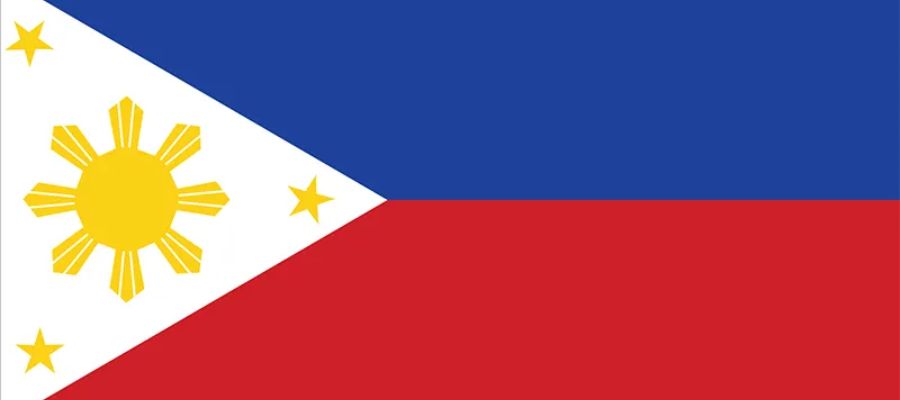Tagalog is an Austronesian language that is primarily spoken in the Philippines by approximately 28 million people as a first language, and an additional 45 million as a second language. It is the most widely spoken language in the Philippines, and is also known as Filipino, the national language of the country.

Tagalog is the official language of the Philippines, along with English. It is used in the government, media, education, and daily communication. It is also recognized as a minority language in other countries, such as Guam, Palau, and Saudi Arabia. Many Filipino communities around the world, particularly in the United States, Canada, and the United Arab Emirates, speak Tagalog.
The writing system used for Tagalog is the Latin alphabet, augmented by the use of diacritical marks to indicate stress and other phonetic features. In addition, the Baybayin script was used to write Tagalog before the arrival of the Spanish colonizers, but it is no longer widely used.
In the United States, Tagalog is the fourth most commonly spoken language after English, Spanish, and Chinese. This is due to the large number of Filipino immigrants who have settled in the United States, particularly in California, Hawaii, and New York. The Tagalog speech and language patterns that follow can be used to help correctly diagnose and create great goals for you students who speak Tagalog.

Are Filipino and Tagalog the same language?
Filipino has been the national language of the Phillipines since 1937 (Malabonga & Marinova-Todd, 2007) and it is the standard register of the Tagalog language. What exactly does that mean? One author described Filipino as “Tagalog-Plus.” Filipino is Tagalog with the addition of contributions from many other languages. Most people do not strictly differentiate between the terms Filipino and Tagalog.
Interesting Facts About Tagalog Speech and Language Development
Some interesting facts about Tagalog include its unique grammatical structure, which places the verb at the beginning of the sentence. This makes Tagalog a subject-verb-object language, as opposed to the subject-object-verb structure found in English.
Tagalog also has a rich literary tradition, with a number of important works of poetry and prose. The most famous of these is the epic poem “Ibong Adarna”, which tells the story of a magical bird that can heal the sick and put people to sleep with its song.
Filipino/Tagalog Speech Development
Filipino/Tagalog Consonant Phonemes in Comparison to English
| Filipino/Tagalog Consonants Not Shared with English | /d̺/ /t̺/ /ʔ/ /ɲ/ /r/ /ɾ/ |
| Filipino/Tagalog Consonants Shared With English | /p/ /b/ /m/ /t/ /d/ /n/ /k/ /g/ /ŋ/ /s/ /h/ /l/ /j/ /tʃ/ /dʒ/ /ʃ/ /w/ |
| English Consonants Not Shared with Filipino/Tagalog | /f/ /v/ /z/ /ʒ/ /θ/ /ð/ /ɹ/ |
Filipino/Tagalog Vowel Phonemes in Comparison to English
| Filipino/Tagalog Vowels Not Shared with English | |
| Filipino/Tagalog Vowels Shared With English | /a/ /ɛ/ /i/ /o/ /u/ |
| English Vowels Not Shared with Filipino/Tagalog | /æ/ /e/ /ɔ/ /ʊ/ /ʌ/ /ɪ/ /ə/ |
Filipino – Tagalog Phonology and Phonotactic Constraints
| Patterns of Native Language Influence: | Example: |
| There are no initial word consonant clusters (except in borrowed words) so initial consonant clusters are sometimes reduced. | plank-lank
plank-pank |
| Stress is phonemic and occurs on one of the last two syllables of the word | BUTterfly – butterFLY |
| Replacement of /v/ with /b/ | vase – base |
| Replacement of voiced and voiceless “th” with /d/ or /t/ | that – dat
math – mat |
Developmental Speech Norms for Filipino/Tagalog
Developmental Norms for Speech Development (Lim, 2014; Riguer and Panganiban, 2004)
By 2 years of age, most Filipino-speaking children have mastered /p, b, m, n, d, j, dʒ/ and have reached near mastery for /w, t, l, ŋ, k/.
By 3 years of age, children have mastered all phonemes with the exception of /r/.
By age 4, all sounds mastered by all genders.
Filipino/Tagalog Language Development
| Tagalog | English | |
| Word Order | Verb Subject Object sentence order | Subject Verb Object Sentence Order |
| Question Formation | Question words representing who, what, when, where, why are used at the beginning of the question. Sometimes a sentence particle, such as “ba” is used at the end of a sentence to indicate it is a question.Intonation rises at the end of sentence. | Question words are used at the beginning of the question. Intonation rises at the end. |
| Negation | Negation precedes an adjective, verb or noun. There are 3 negation words: hindî, walâ, and huwág. | Place the word not after an auxiliary or modal and before the main verb. |
| Plural markers | Tagalog nouns without plural markers can still be compatible with both singular and plural interpretation (number neutral interpretations). Plural markers are optional in Tagalog (mga). | -s |
| Adjectives | Almost every adjective begins with “ma-.” It is the suffix that makes a noun turn into an adjective. An article such as na or pa is required when no noun follows the adjective. | Typically precedes nouns. Adjectives usually come before the word it modifies but not always. |
| Verb System and Present Tense | Verbs always come before the personal pronoun. They use reduplication of the syllable to convey tense. | Has two present tense forms. |
| Prepositions | Tagalog has a few prepositions and their translations depend on the context. | Specific words that precede a noun and its article. Does not depend on context. |
Resources:
Lim, R. K. (2014). Nonlinear phonological analysis in assessment of phonological development in Tagalog (Doctoral dissertation, University of British Columbia).
Malabonga, V., & Marinova-Todd, S. (2007). Filipino speech acquisition. The international guide to speech acquisition, 340-350.
Riguer, K. L., & Panganiban, K. A. B. (2004). The study of phonemic acquisition among normally developing Filipino children aged 2–5 years old. Unpublished master’s thesis). University of the Philippines Manila, Manila, Philippines.



